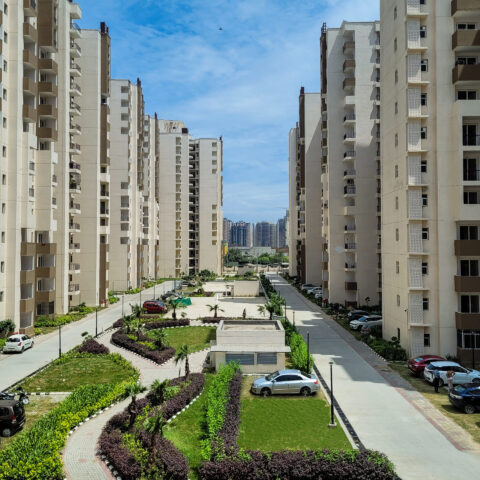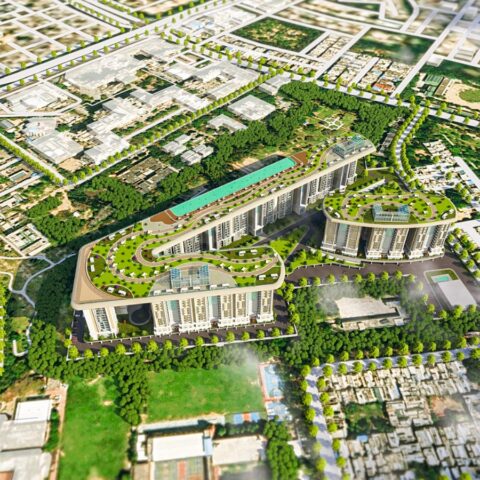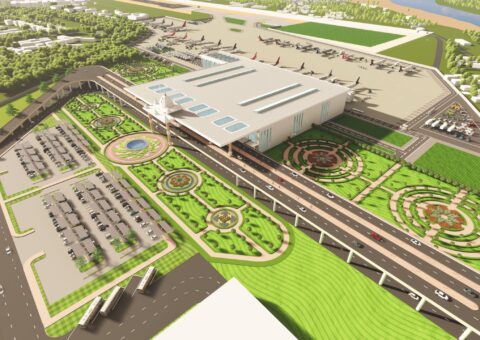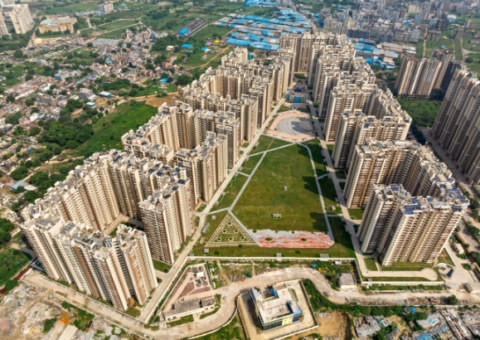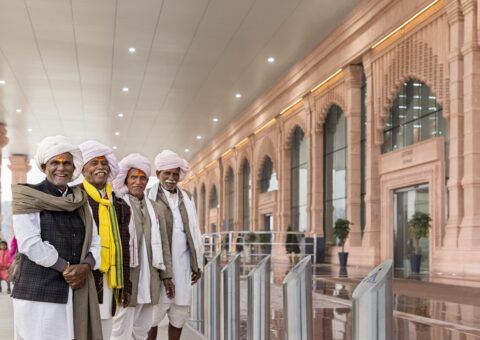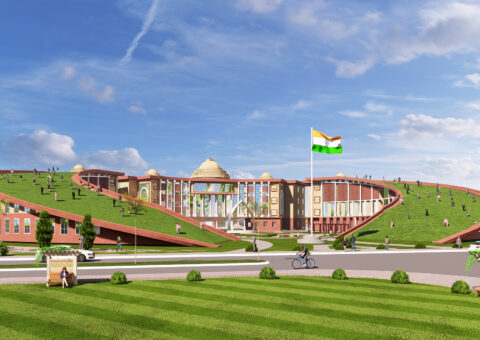Can Architecture Combat Urban Heat Waves? Rethinking Urban Design for Heatwaves
In recent years, the surge in heat waves has posed significant challenges to cosmopolitan cities and urban neighbourhoods. This phenomenon can largely be attributed to climate change, severe weather conditions, and escalating pollution levels. While these are macro-level issues, addressing heat waves at an urban and micro-environmental level with practical design solutions can mitigate negative impacts.
Strategic Urban Greening
Research indicates that the strategic planting of trees in suburban neighbourhoods and urban streets can reduce street-level temperatures by a few degrees. When implemented during the planning stages of cities and neighbourhoods on a citywide and nationwide scale, this strategy can significantly lower temperatures across the country. This not only makes neighbourhoods more livable and cooler but also contributes to the creation of micro-ecosystems that support flourishing flora and fauna and add aesthetic value. Urban planning needs to incorporate thoughtful design strategies that allow cities to grow sustainably with their people, local context, and climate. One critical aspect of this planning is considering space density. Properly spacing out high-density and low-density neighbourhoods can ensure optimal temperature and comfort levels for residents.
Incorporating green spaces, such as parks and open community areas, into urban planning is essential. These spaces can provide recreational areas for residents and also act as natural cooling systems. For example, the integration of green spaces at different scales within a city, as seen in San Francisco with one of the world’s largest man-made green spaces, can significantly reduce urban temperatures. Such green spaces serve as the city's lungs, improving air quality and providing cooler microclimates. Cities like Melbourne, Singapore, San Francisco, and Tokyo demonstrate that well-laid-out green spaces contribute to their reputation as some of the world’s most livable cities, with reduced impacts from heatwaves. These cities have strategically dispersed green spaces that mitigate the urban heat island effect, making surrounding areas feel cooler and reducing reliance on air conditioning. This, in turn, lowers energy consumption and carbon footprints, highlighting the interconnection between green spaces and environmental sustainability.
Integrating Nature for Green Solutions
Incorporating green spaces and water bodies into urban environments does more than just provide shade and lower temperatures; it fosters the development of thriving micro-ecosystems. These micro-ecosystems, formed by the introduction of native flora and fauna, contribute significantly to urban biodiversity. Trees, shrubs, and plants create habitats for various species of birds, insects, and small mammals, promoting a balanced ecological system. This biodiversity not only enhances the aesthetic value of urban areas but also improves air quality, reduces noise pollution, and supports the mental and physical well-being of residents. The presence of green spaces encourages community interaction and environmental stewardship, creating a sense of connection to nature even within densely populated areas. By prioritising the strategic planting of vegetation and the creation of green corridors, urban planners can ensure that cities remain vibrant, resilient, and sustainable, benefiting both the environment and the people who live within it.
Amalgamating water bodies with green spaces further enhances urban cooling. A notable example is Madrid's El Retiro Park, where extensive water bodies are seamlessly integrated with green areas, acting as the city’s lungs. Such integration not only provides recreational and aesthetic benefits but also contributes to cooling through the natural process of evaporation, creating a more comfortable urban microclimate.
Urban Planning and Climate Change
Urban planning must prioritise both the immediate needs of city development and the long-term impacts of climate change. Effective urban design should consider how cities can be resilient against potential climate impacts while ensuring a high quality of life for residents. This involves creating green and blue infrastructure that can adapt to and mitigate the effects of extreme weather conditions, such as heat waves.
The relationship between green spaces and carbon footprints is crucial in the fight against urban heat waves. Green spaces reduce the need for energy-intensive cooling systems like air conditioning, which are significant contributors to greenhouse gas emissions. By lowering ambient temperatures, green spaces help decrease energy consumption, directly impacting urban areas' overall carbon footprint. This symbiotic relationship underscores the importance of sustainable urban design that prioritises environmental health and human comfort.
A Need for Sustainable Urban Design
Architecture and urban design play pivotal roles in combating urban heat waves. By incorporating strategic green spaces, integrating water bodies, and considering the density and layout of urban areas, we can create more resilient and livable cities. The examples of cities like Melbourne, Singapore, and San Francisco illustrate the benefits of well-planned green spaces in mitigating the effects of heat waves. As we move forward, it is essential to adopt sustainable urban design principles that address both current and future climatic challenges, especially in India. Through thoughtful planning and innovative solutions, we can build urban environments that not only withstand the pressures of climate change but also enhance the quality of life for all residents.
